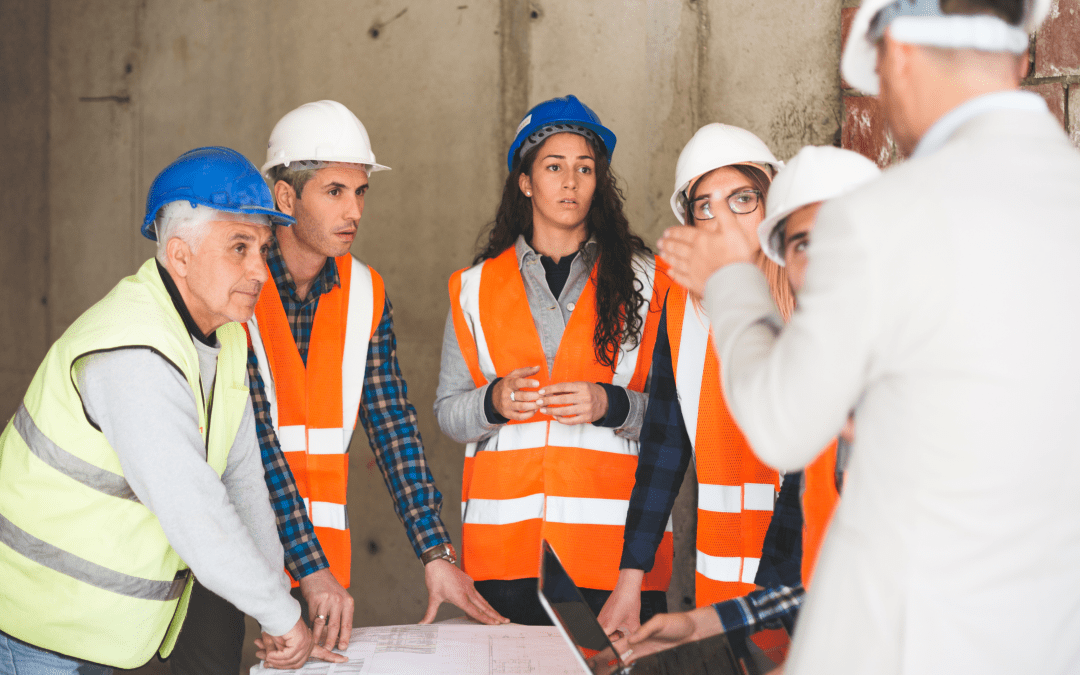The injury rate for construction workers is higher than any other industry, according to the HSE. What’s more, the most common cause of injury is slips, trips and falls. What can you do to avoid becoming a statistic? Follow these slip-and-fall prevention tips.
Do Your Safety Part
There are various ways to suffer slips and falls while working. You can slip and lose your balance, trip over objects left improperly in a walkway or fall from a ladder or scaffolding. To avoid these mishaps, be on the lookout for tripping hazards such as:
- Water puddles
- Worksite materials
- Grease or oil
- Sawdust
- Extension leads and cables
Good Housekeeping Counts
When entering a building from outdoors or from debris areas, clean your footwear thoroughly. Snowy and rainy weather requires a doormat at each entrance to allow for complete wiping of shoes. In addition, beware of tripping hazards. Extension cables, tools, trolleys and other items should be removed or properly barricaded off. If equipment or supplies are left in walkways, report it. Let the proper personnel remove it. Lastly, keep passageways clean of debris by using rubbish bins.
Practise Prevention
Walk in designated walking areas – short cuts invite accidents. If you’re carrying a heavy load that hampers your ability to see properly, request spotting assistance from a co-worker. The worst falls are from elevated positions such as ladders and can result in serious injury or death. Learn and practise ladder and scaffolding safety. For example, when climbing, use a ladder of the proper length that is in good condition. Keep it placed on a firm surface. Do not climb a ladder placed on machinery, crates, stock or boxes. The correct angle of rest for a ladder is 75 degrees or a base-to-height ratio of 1:4. Don’t over-reach. Always have control of your balance when working from a ladder. Never climb a ladder with your hands full and always transport tools in their proper carrying devices.
When using scaffolding, ensure that it is properly assembled according to the manufacturer’s specifications. Check carefully for defects. Standing and working planks should be level and clean. Use toe boards to prevent tools from falling and workers from slipping. Report any misuse of proper scaffolding safety.
Slips and falls occur every day. But the extent of injuries and their recurrence can be minimised through proper safety knowledge, good housekeeping and practising prevention. We have access to an extensive library of supporting documents for you to use; please get in touch to find out how we can help.

